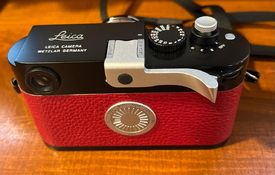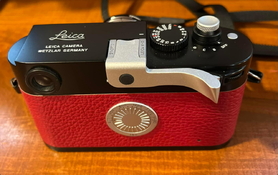I interpret this as "Expose To The Right" resp. "Expose To The Left", both terms which are used in the context of digital photography, where the exposure is set to bunch the histogram to the right resp. left. Is this what you mean?
Having said that, ETTR risks clipping highlights while ETTL risks clipping shadows. Proponents of either will argue that you choose exposure to limit clipping to the bare minimum, but the tradeoff/compromise leans in opposite directions.
The general rule of thumb is that in digital, like when shooting slides, clipped highlights are unrecoverable, while deep shadows nearly always contain some detail. In this sense,
ETTR ETTL is less risky than
ETTL ETTR. However, it care is taken while applying
ETTL ETTR that no (relevant) highlights are clipped, the net result is virtually the same in terms of what you can do with the recorded image in post processing and printing.
So the conclusion has been since about the 19th century and the invention of photography: decide which detail is important and try not to lose it. Whether you use ETTL, ETTR, Zone System or something Beyond that - really, whatever. The net result isn't that different in the end; differences in s/n ratio between ETTL and ETTR are in practice often not very relevant.
I’d like to have the sky intact, no burn out
So there - don't blow out the sky. Doesn't matter how you call it. Just take a meter reading and ensure it doesn't clip any channel into saturation. Use the histogram on your digital camera to verify and reshoot if necessary. Err to the side of underexposure on digital and slides, and to the side of overexposure when shooting negative film. That's pretty much all there is to it.










